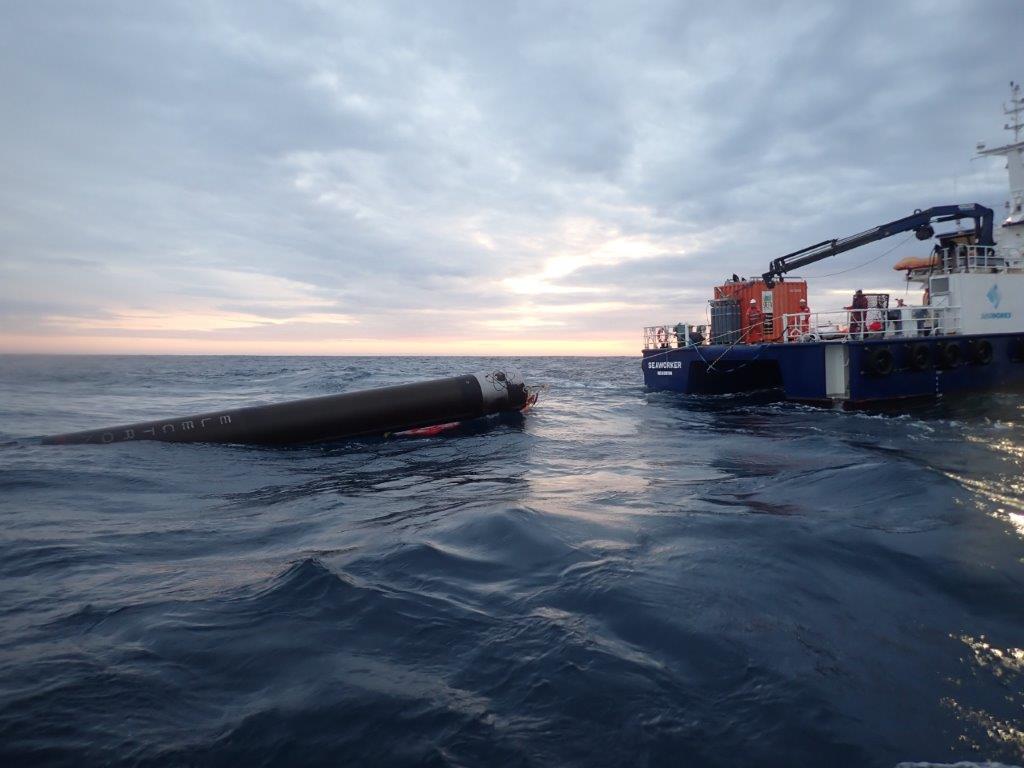Watch Rocket Lab attempt a mid-air Electron rocket booster recovery live • ZebethMedia
Rocket Lab will try to catch a spent Electron rocket booster mid-air using a helicopter in a few hours, a technique that could be central to driving down rocket production costs and increasing launch cadence. The mission will take place just five months after Rocket Lab conducted its first (partly) successful attempt, during which a helicopter managed to catch the booster, but then dropped it shortly after. The launch will take place from Pad B at the company’s launch site on New Zealand’s Mahia Peninsula. The mission, dubbed “Catch Me If You Can,” will carry a single science research satellite for the Swedish National Space Agency, provided by OHB Sweden, to sun synchronous orbit. Rocket Lab will have a 75-minute window to conduct the launch, which opens at 1:15 PM EST. The stream at the top of this story will start around 20 minutes before that. The company’s approach to recovery is a bit different than that of SpaceX. Falcon 9 boosters return to Earth by vertically landing on a pad – it looks like a launch in reverse. Instead, Rocket Lab is equipping its first stage with a parachute. That parachute will slow the booster’s descent, and a waiting helicopter will track the booster’s return before using a capture hook to grip the parachute line. From there, the helicopter will carry the booster straight back to Rocket Lab’s production complex. “Our first helicopter catch only a few months ago proved we can do what we set out to do with Electron, and we’re eager to get the helicopter back out there and advance our rocket reusability even further by bringing back a dry stage for the first time,” Beck said. Let’s see if they can do it.

